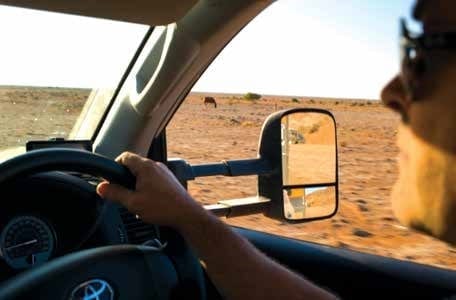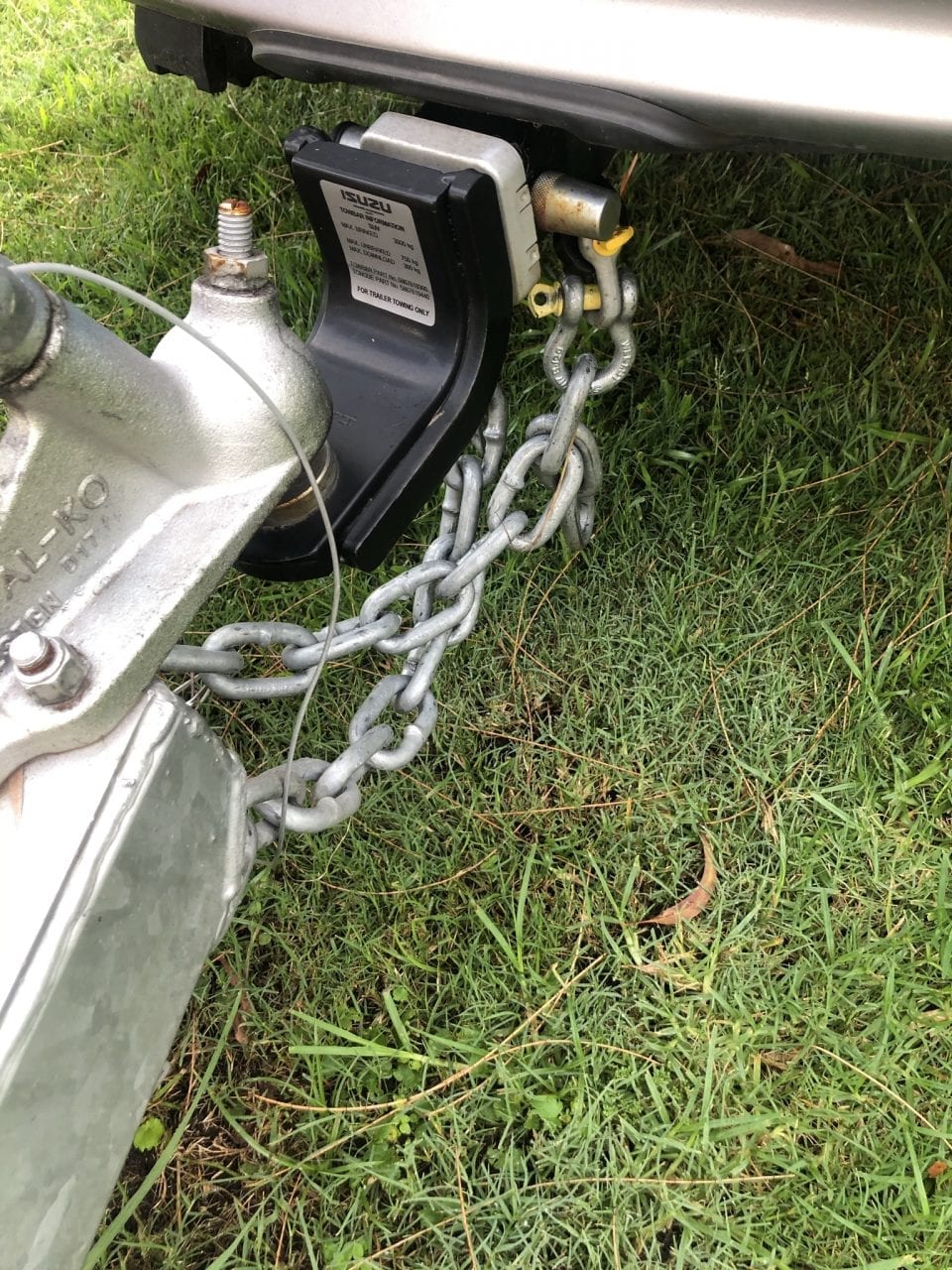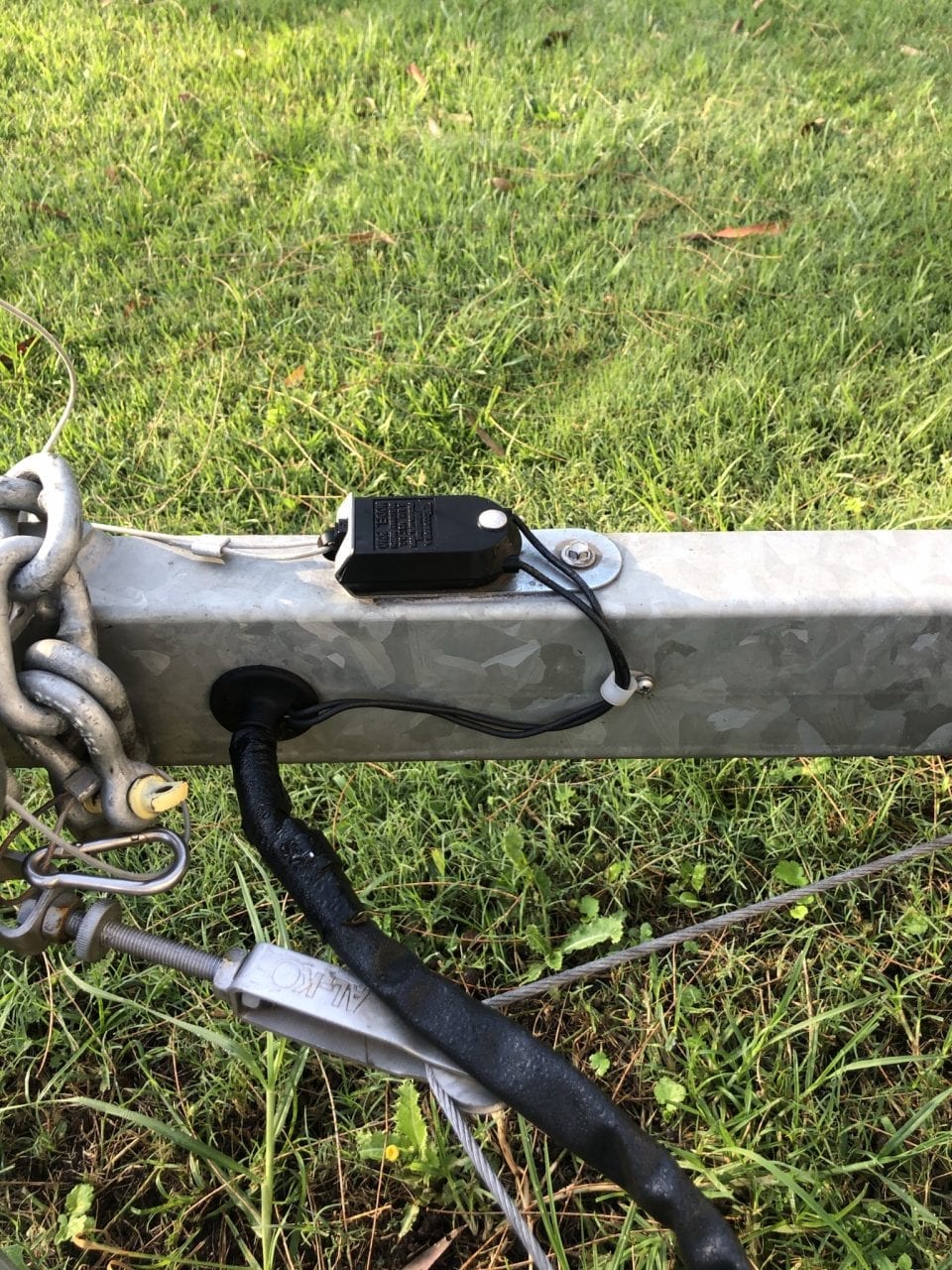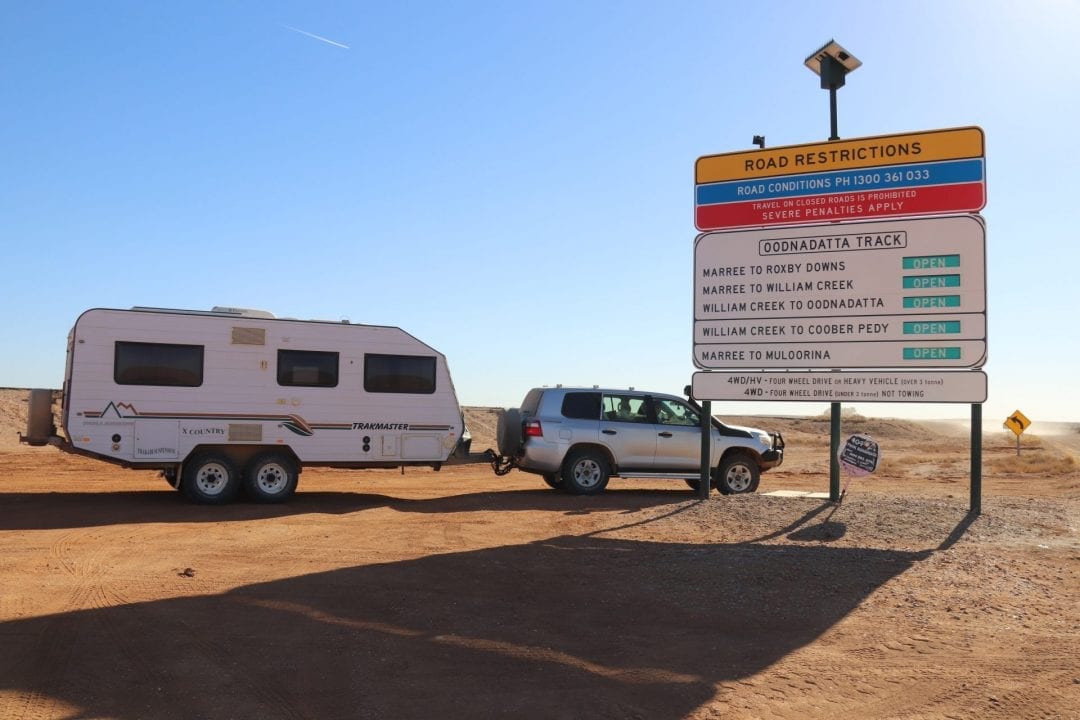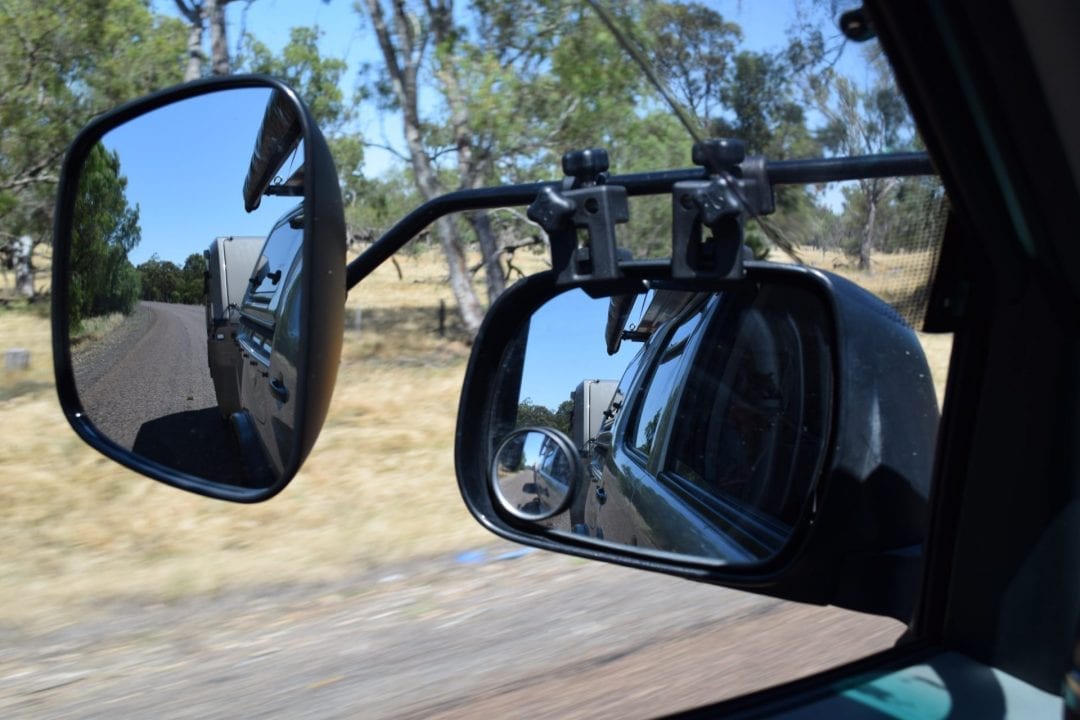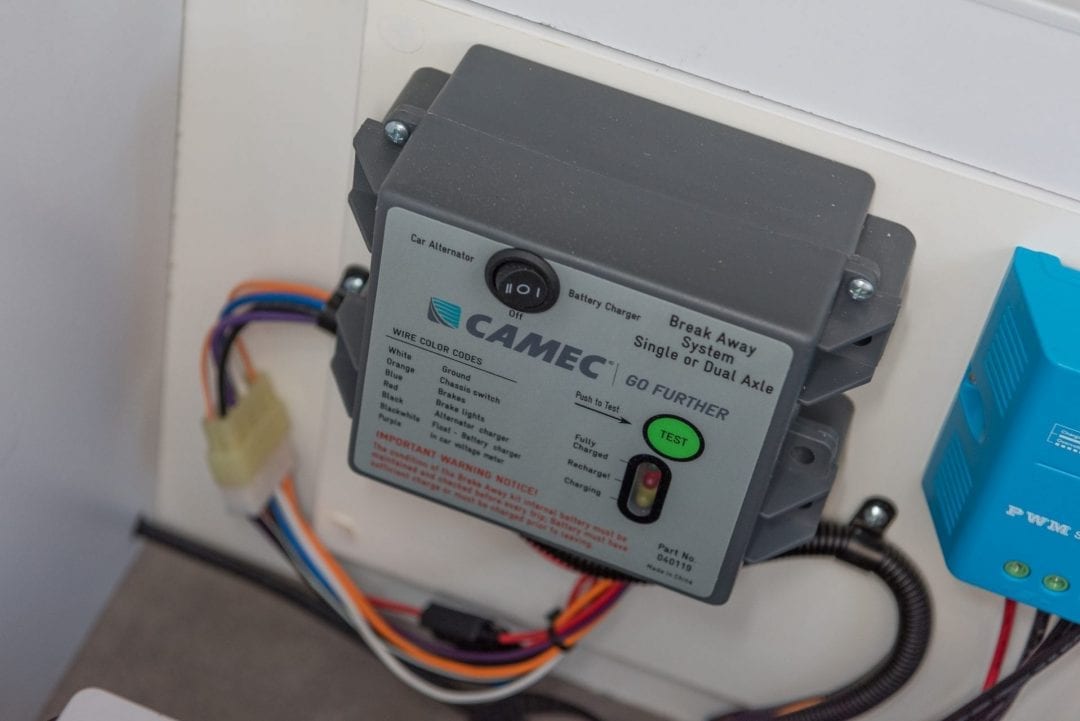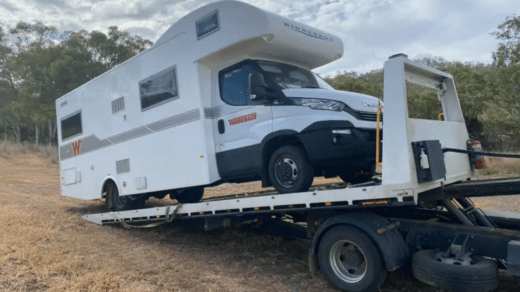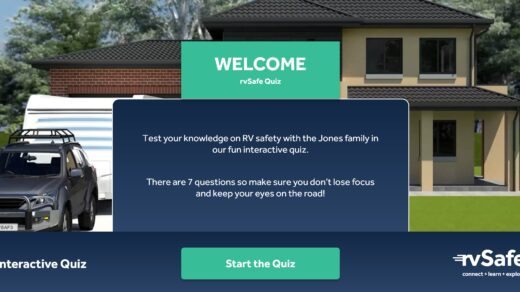The rules of the road exist to keep you and everyone else on the road safe. However, Australia’s road rules as they apply to RVs vary across the country.
Generally, you have to obey the RV road rules that apply in both the state or territory where you’re driving, and the one in which your RV is registered, so it’s important you familiarise yourself with both. Here we’ll provide a summary of the road rules that relate to RVs. Keep in mind this is only a summary. You should check the specifics for each state and territory you plan to travel in, to ensure your setup complies.
General RV Rules
In most of Australia, learner drivers cannot tow a trailer, while probationary drivers may only tow a small trailer up to 250kg unladen.
When towing a trailer, no drivers are allowed to have any passengers in it. You also can’t tow more than one trailer at once — that may seem obvious, but you never know what people will come up with!
Speed Limits While Towing
In some states, speed limits are modified for drivers pulling a trailer. These altered limits apply no matter where your trailer is registered, so be sure to pay attention! And, of course, you must always stick to posted speed limits where they are lower than these numbers.
In WA the max speed when towing is 100kmph.
In NSW, if your combined trailer and tow vehicle weigh 4500kg or less you can drive the posted speed limit, but any more and you’re restricted to 100kmph.
Anywhere else in Australia, you can tow a trailer up to the posted speed limit.
Driving too slowly
You’ve likely heard the complaints. Many drivers claim that RV owners drive too slowly, holding up traffic. Some even claim that slow driving is illegal.
You should know that slow driving is not illegal, but unreasonably obstructing drivers or pedestrians can result in a fine. Each state and territory has it’s own laws on this. Generally, you should avoid driving abnormally slowly for the speed limit and driving conditions, but always stay at a safe speed.
Roadworthiness and Registration
All RVs must be registered before you hit the road. Campervans and motorhomes must display a number plate front and back, just like a car, and camper trailers and caravans must display a number plate at the rear, like other trailers.
Every state and territory has its own rules about roadworthiness, but they all boil down to the same general principal. Vehicles and trailers must comply with Australian Standards and Australian Design Rules, be safe and roadworthy.
If you’re driving a motorhome or campervan, then you’ll have established that your RV is roadworthy before you were able to register it. If you’re towing a caravan or camper trailer, however, you’ll find that rules are less stringent. The registration process will involve a basic inspection, but there isn’t usually the same requirement to get a roadworthy certificate from a qualified mechanic. This could lead to you being caught out on a second-hand trailer, so it’s important to ensure that it’s safe and complies with road rules.
Maximum Towing Weights
Trailer weight is the area where caravan and camper trailer owners are most likely to find themselves in legal trouble. The law in every state and territory in Australia is clear that you must not exceed your tow vehicle’s Gross Vehicle Mass, Gross Combined Mass, Maximum Towing Capacity, Maximum Tow Bar Mass and Maximum Tow Ball Mass. Similarly, your trailer cannot exceed its Aggregate Trailer Mass, Gross Trailer Mass or Maximum Coupling Load.
To read about what each of these terms means and how to check if your towing setup complies, check out our weight glossary.
Electrics
Trailers and tow vehicles must have electrical sockets for lighting and brakes manufactured in accordance with Australian Design Rules.
Types, colours, positions and visibility of lights are stipulated in detail for each state and territory. These must include indicators, brake lights, hazard lights, night lights, number plate light and reflectors. Reversing lights are a good idea, but they aren’t compulsory.
Trailers must have side reflectors in SA if they’re more than 2.2 metres wide and in the NT trailers over 1800 wide or 1600 mm wide and over 4000 mm long need side marker lamps.
Mirrors
Every territory and state has legislation about mirrors, all with roughly the same purpose. You must have clear visibility of the road beside and behind your vehicle, and when towing, beside and behind your trailer as well.
To achieve this, extra side mirrors are often required when towing. It’s important to note that rear view cameras, while often helpful, are no legal substitute for adequate mirrors.
Towing mirrors shouldn’t be more than 150mm wider than the overall width of the vehicle or the trailer you’re towing, whichever is more. Mirrors may be 230mm wider than the overall width, if they’re capable of collapsing 150mm.
It’s a good idea to remove extended towing mirrors when not towing, something that is specifically mentioned in WA’s legislation.





